At 2021 IAA Germany International Motor Show, Volkswagen presented its ID.LIFE concept car, a small and interesting vehicle aiming for mass production in 2025 with a price of around 20,000 Euros. Judging from the price range and positioning, Volkswagen seems to target this car as a must-have for the young generation of the next era.
The concept of Volkswagen’s ID Life
So far, the ID.LIFE has the following features:
(1) Exterior and interior design: Currently, the appearance of the concept car is hard to describe, and the interior follows a completely minimalist Scandinavian style. I feel that the design concept is similar to the flop car model Honda-e that has already been released by Honda. However, unlike the large screens of the Honda-e, the ID.LIFE does not feature any screens since the design concept is meant to be controlled by the user’s smartphone or IPAD. The front row is almost empty, and just by looking at the pictures, one needs to look for the dashboard.
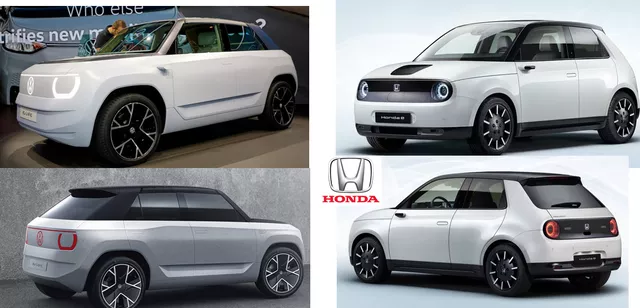

(2) The amazing thing about Volkswagen is that they have designed this car to be driven while playing games. It feels like buying a large game console and getting a car as a gift. A projection screen extends from the dashboard, covering the interior of the windshield, and displaying multimedia information on the massive 34-inch screen. This screen can be used to watch movies while driving or even to play games since one of the main functions of the car’s computer is to integrate with gaming consoles.
It can be said that Volkswagen’s engineers have fully explored the entertainment genes of the vehicle and seem to have gone to another extreme: driving with smartphones and tablets and parking to project and play games. You deserve to have this 20,000 euro large mobile game console (with seats and a car)!
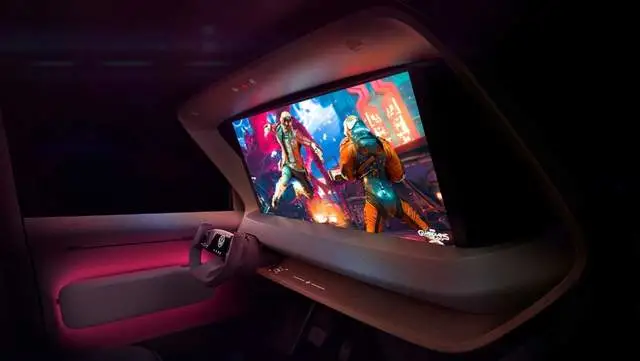
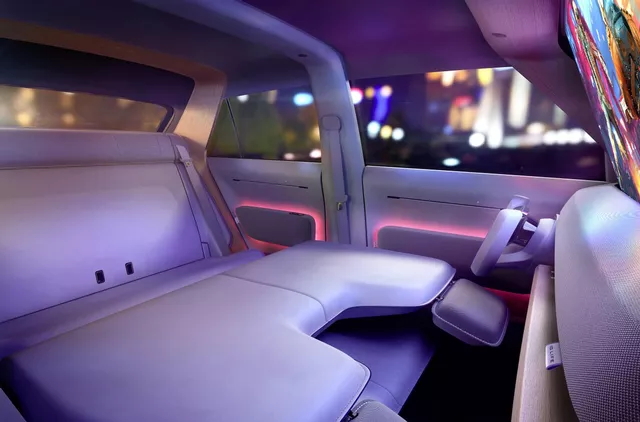
The design concept of this car is very innovative, as it requires a smartphone to be able to drive and there is no place to display the speed.
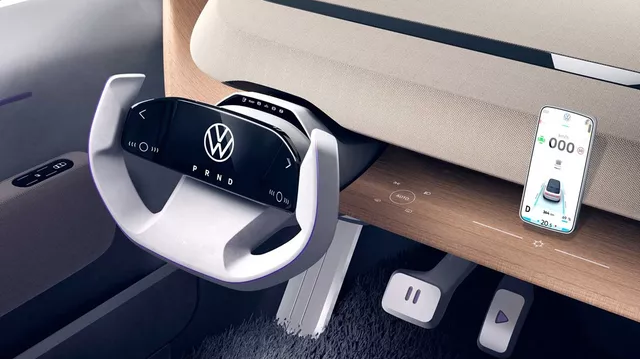
(3) Overall, this car looks more like a combination of a small battery and a front-wheel drive system on the MEB platform, with various designs simplified to respond to the challenge of Tesla’s Model 2 at a cost of 25 million US dollars. Due to the proportion of the ID3 being further reduced, the entire vehicle appears to lean towards a cute design.
Note: This car is similar to the dolphin on the BYD E3.0 platform.
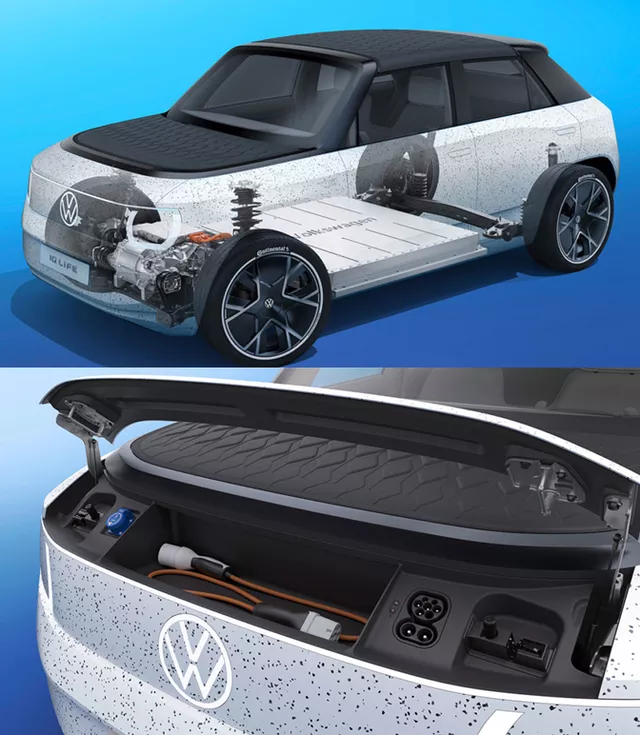
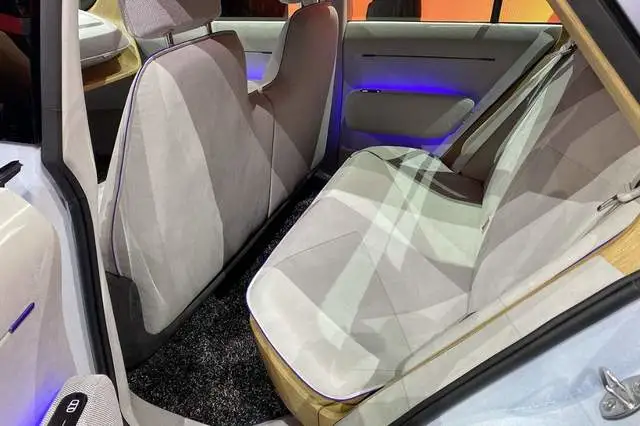
(4) Power system parameters
Unlike the MEB platform, this car is designed with front-wheel drive, but the motor should be similar to the next generation of MEB: maximum power of 172 kW, torque of 290 Nm, and 0-100km/h acceleration time within 6.9 seconds. In terms of the battery, the new car is equipped with a 57kWh battery pack, and the WLTP range is 400 km. Volkswagen seems to have taken the small-sized battery specifications from the ID3 and applied it to this car. The currently provided battery capacity is 62 kWh (57 kWh available), with a maximum internal size of 14501440162. Direct current fast charging is also compatible with the MEB standard platform, and can be charged to 163 km in just 10 minutes.
My understanding is that the so-called standard Volkswagen battery cell is made to be the same specifications as MEB-Small, MEB standard (two battery pack sizes), and PPE. With this approach, CTP and CTC have not been specifically reflected in the current design, but the high cost pressure of MEB-Small allows Volkswagen to make further attempts.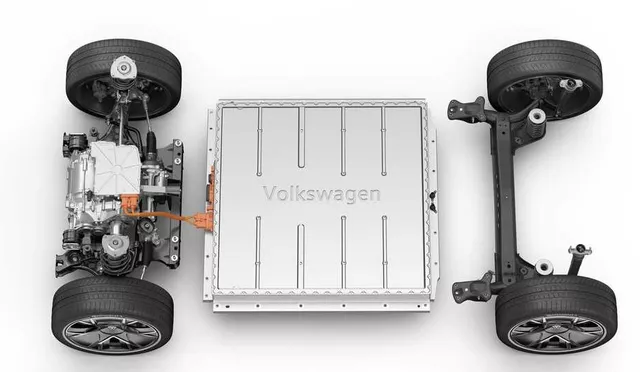
The module structure will definitely be overturned in 2025. What MEB can retain are the electrical interface design, overall size, and standard core size.
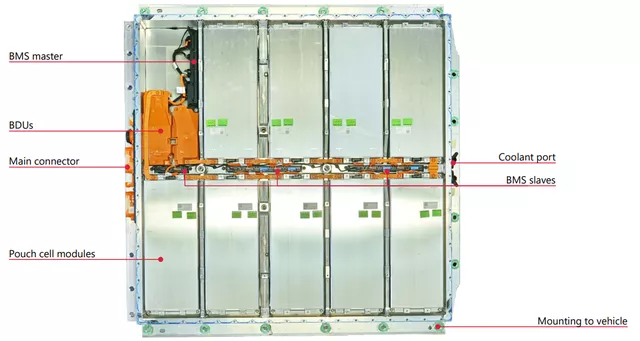
In summary, following the design concept of ID Life and MEB Small, this type of vehicle can be made for less than 10,000 euros in China. In terms of price-to-performance ratio, Volkswagen’s future development prospects are worrying. I am optimistic that companies that focus on ecology can bring innovative features to this type of vehicle.
This article is a translation by ChatGPT of a Chinese report from 42HOW. If you have any questions about it, please email bd@42how.com.